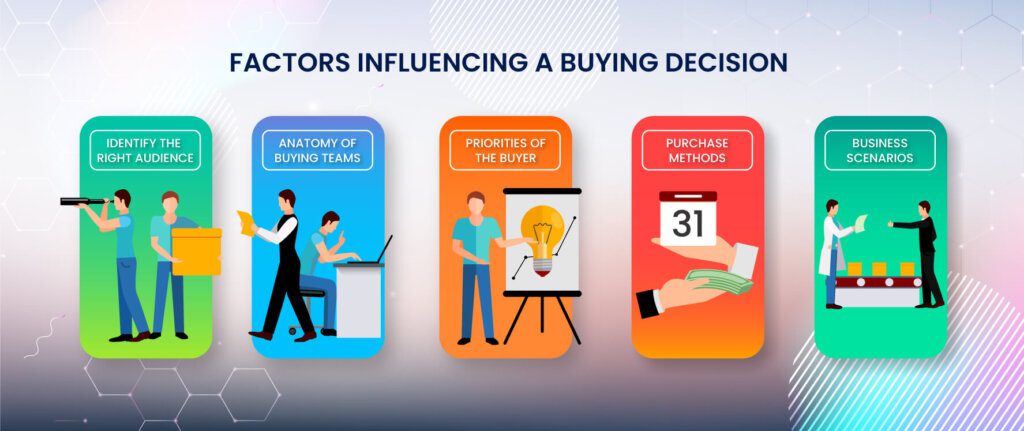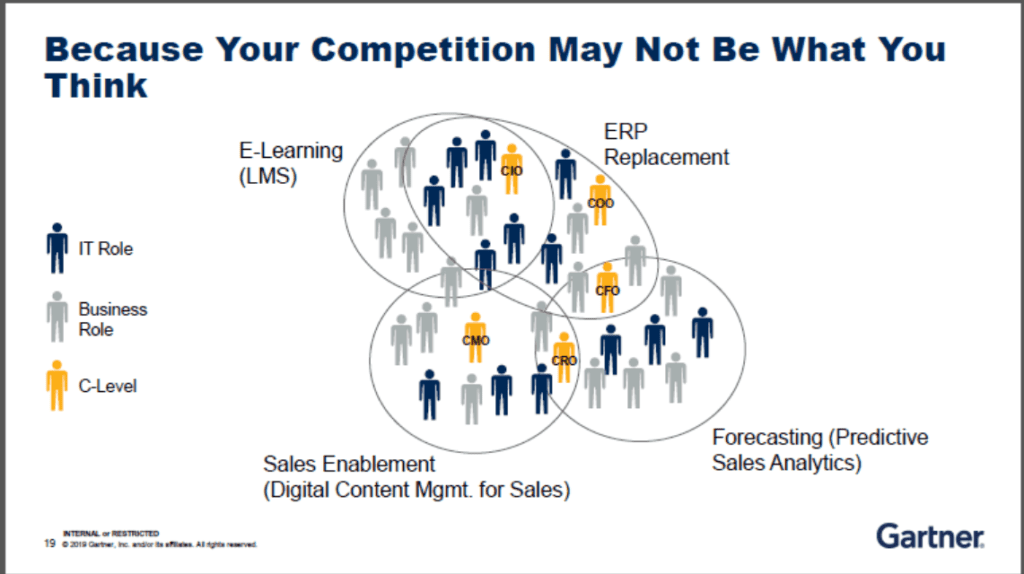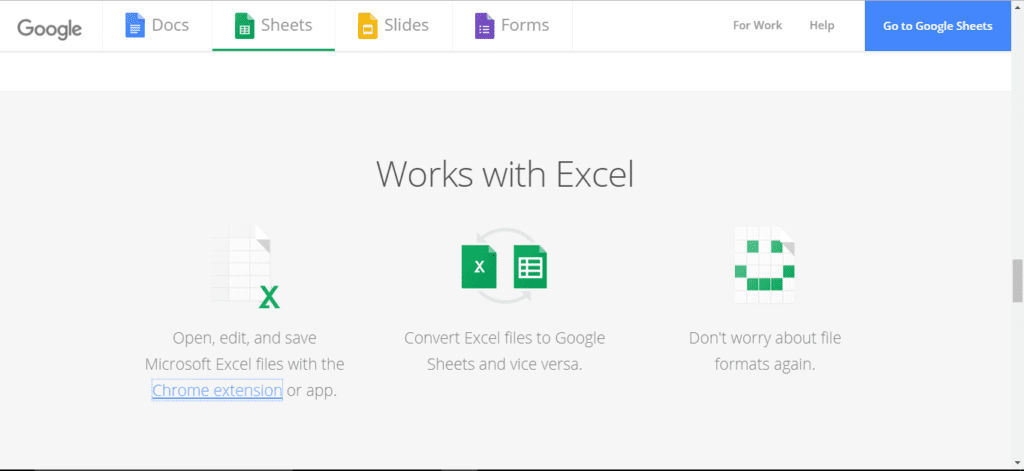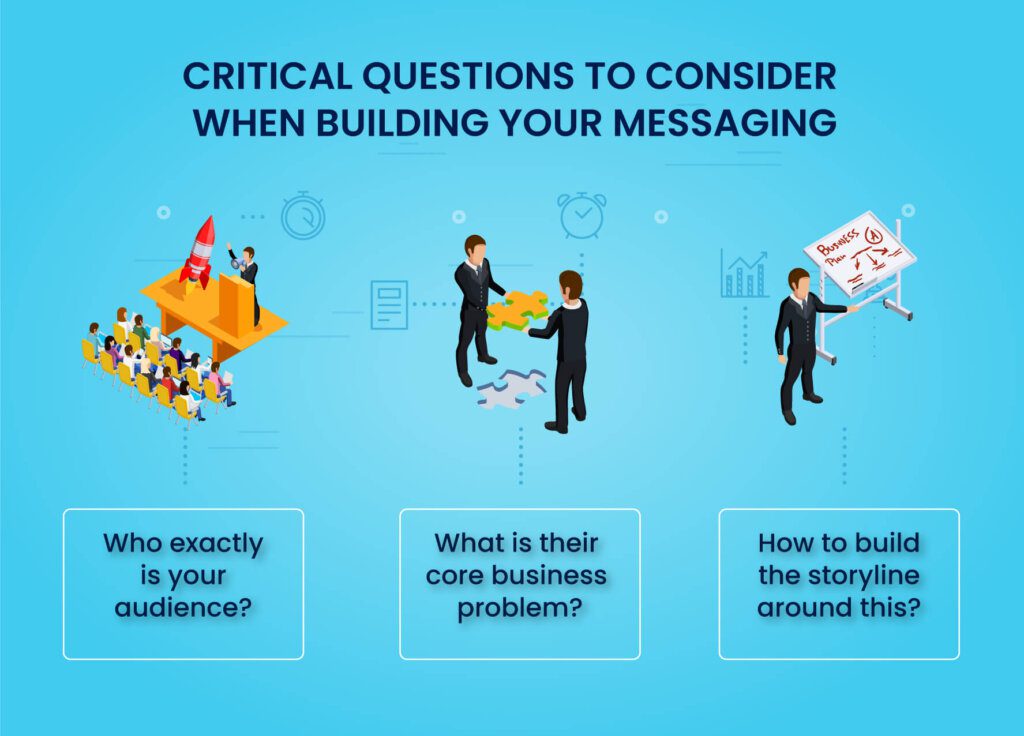Having a product sealed and ready to go out in the world is not where the sales and marketing efforts end. It is in fact, exactly where it begins. Buying is a choice. It is up to the individual or an organization to decide whether or not they want to spend their money on your product or service.
But, there are two sides to this.
Your ideal customer either knows the need for your product or service and is completely aware of the need or they need your product or service but are not really aware of it. In both these instances, you have an opportunity to take the lead and complete a sale.
But, there is a stark difference in the aforesaid scenarios.
If you take a closer look at the first scenario, the buyer is completely convinced of the need to invest in technology but just does not know whom to buy from. The customer is aware and is in a good state of mind to evaluate the choices and make a purchase decision of their own. So, creating a buying urgency for this type of customer is through messaging that clearly defines “why you”.
In the second situation, the customer is not really aware that they require your product or service to function better. So, buying urgency in this context can be created by taking the lead and communicating through messaging about the perennial shift your product or service could give them.
A buying choice and inducing the same by creating an urgency to act has multiple dimensions attached to it. Understanding customers are not limited to identifying the right audience but knowing the anatomy of the buying teams, their priorities, purchase method, business scenarios, and commensurate content.

Let’s understand this, one by one.
Who is the real buyer?
The buying decision is not exactly predicated upon an individual to invest in a technology or service. Buying is a collective action, for an organization that involves several decision makers like CEO, CTO, CMO etc. with multiple priorities. The status quo is a reason that affects a buying decision to a large extent.
Say for example, that you sell an automation software that allows emails to be sent in a desired time and format. The team that consumes this type of product would ideally be a sales or marketing team personnel. So, if the team is aware of the need to automate this process, they would be evaluating different vendors.
Hypothetically, let’s assume you have been identified as the best service provider as a result of your messaging. The consideration stage is where the conversion happens in real time.
So, who would be the decision makers in this context? It would ideally be the CMO, CEO, CTO, CFO, COO etc. The CMO would recommend the purchase of the product and the other decision-makers should see the value in it and approve of it and it could even be vice-versa.
“So, that’s the target of your messaging, it must encompass different sectors and be persuasive enough to make a choice to shift to the consideration stage.”
Let’s take a look at this graphic, from Gartner to understand the overlaps in buying decision from the authority-perspective.

Also, the buyer has priorities, that is different projects handled by the authorities within the buying teams. The priority of the buyer plays a major role in pushing the prospect to the consideration stage. This is because, though your product or service transpires the need to take an action, there could be a more pressing need heralding immediate attention.
To cite an example, let’s say a huge online retail firm has an exploding volume of product variants growing. For such a sitch, the company would ideally need to invest in a technology that can help them manage information on the cloud through a platform like PIM, But, there is a parallel condition, wherein, the customer-base is dwindling due to poor customer support services.
The latter, being a more pressing need, the CTO with two different priorities would fixate over solving the customer crisis to which CEO and CMO would agree with. The potential of a PIM software, though realized will not be acted upon due to the priorities of the buying team.
How to understand customer demography and build powerful messaging?
1. Know your customer profile – Building the buyer persona
The consumers of your product need to be analyzed based on several dimensions. Your ideal buyer persona will have a basic identity and demographic structure. But identifying the industry and the basic demographics won’t really suffice. If you really have to build your messaging that resonates well with your audience, you may want to deepen the insights that you derive from your research.
You must understand the technology in use, currently. To craft messaging that induces actions, you must know the likeliness of the prospect to switch to your offerings, the difficulty involved in making the switch and the psychology of the buyer.
Put your thumb on the pulse of everything, understanding how receptive they are in making a lateral shift to modern technology if they are really ready to move out of their cave.
You must also research the financial position of the company and their readiness to make an expensive purchase of new technology.
Understand customer psychology
For a SaaS product to emerge successfully, it takes a lot of effort to sneak into the minds of your target customers to get the picture of whether they will be receptive to the change you are imposing upon them.
A change from the traditional way of doing things to a more slick way is demanding for a lot of changes. It is purely psychological, in the sense, you should understand the pre-defined business imperatives of the employees in your customers’ organization. You must also weigh the possibilities of eliminating the reliance on old habits. To achieve this, you should own web copies and aligned resource materials iterating about how the shift is inevitable and immediate.
To simplify my point here, let’s understand this with the example of a shift from Microsoft Excel to Google Sheets.
The shift from traditional spreadsheets to google sheets is in fact, a psychological decision for the buyers. Reason being, they are accustomed and skillful with the nuances of spreadsheets. It is not easy to convince them to make the shift to cloud technology that claims the concepts of collaboration, autosave, add-ons, and templates.
Take a look at the messaging on the Google sheets website. They in addition to glorifying the benefits of google sheets have also thought about the present practice and suggested simple ways to make the big leap.

Your product messaging must revolve around the customer and only them.
2. How to make content receptive?
The reality is that most messaging do not prompt immediate action. A lot of companies fail in incorporating the approach towards messaging that induces purchase decision. Positioning is the most strategic exercise. It helps you instantly connect with the ideal customer and addresses the core business problems. The positioning outlines the strategic intent in the most precise manner.

Build your positioning and content that answers the questions of your potential buyers by sneaking into their head to interpret and understand their problems and challenges. Address critical business challenges and induce the pressing need to make a shift from the current ways of carrying business functions.
There are two teams involved in customer communications – sales & marketing. It is essential that the messaging of these two teams is not contradictory and they do not work in silos. The ideas and tone of the brand set by the marketing team (digitally) must complement with the voice and style of the sales team in their efforts through cold calls/emails/personal visits.
The customer-facing teams must be careful with how they communicate with their audience to not seem different from what they read about you. If the messages seem counterintuitive you may come across as incompetent and hence lose the deal.
Conclusion
To drive a purchase, there needs to be urgency. The customer needs to feel persuaded to act upon and the reality is that the sales and marketing teams often fail to create the urgency. The messaging should be around arousing the buyer to understand how your product or service would revolutionize the business functions at a macro-level.
Before beginning to alter the messaging, there needs to be more time and effort directed towards understanding the buying teams, their priorities, psychology, technology, and current business operations. There also needs to be an analysis of the budgeting of the organization and their financial position.
If your product is ready to be shipped, at least if you think it is, you may want to revisit your message to see if it is good enough for ad-hoc purchase actions. Urgency, in a nutshell, can be reinforced internally if you understand the process complexity of the buyers, the dynamics of the buying teams, and changing environment and priorities.


![eCommerce PIM: A Comprehensive Guide [Meaning, Benefits, & Popular Tools] pim for ecommerce](https://www.pimworks.io/blog/wp-content/uploads/2023/12/image-10-370x245.png)